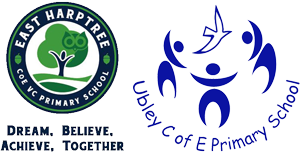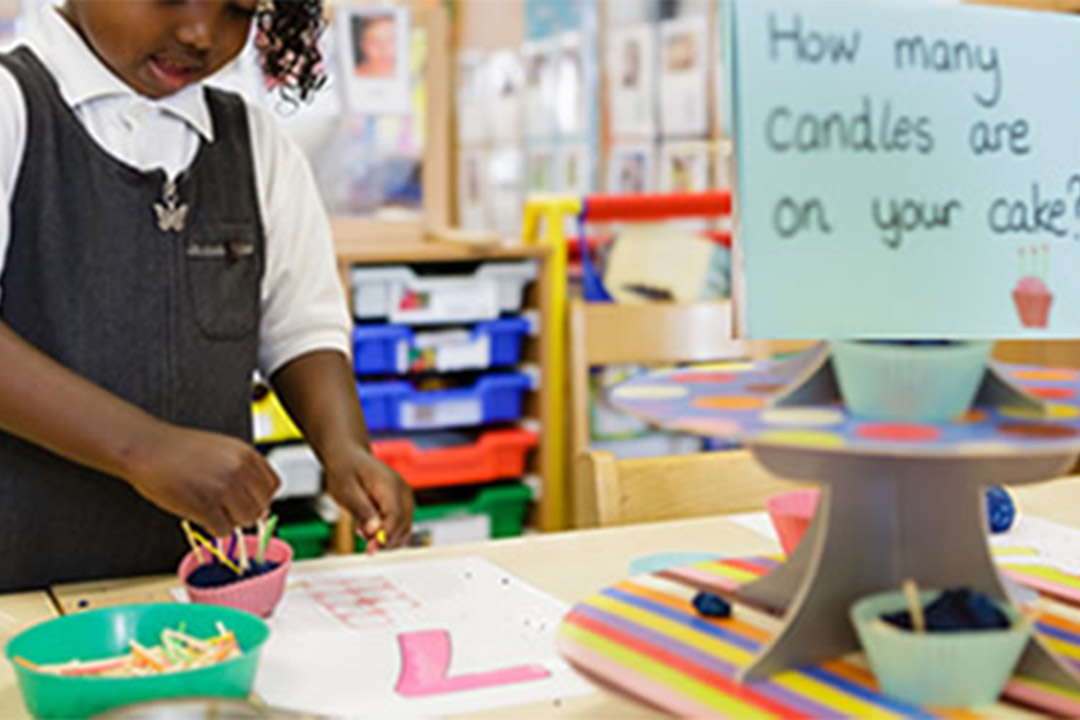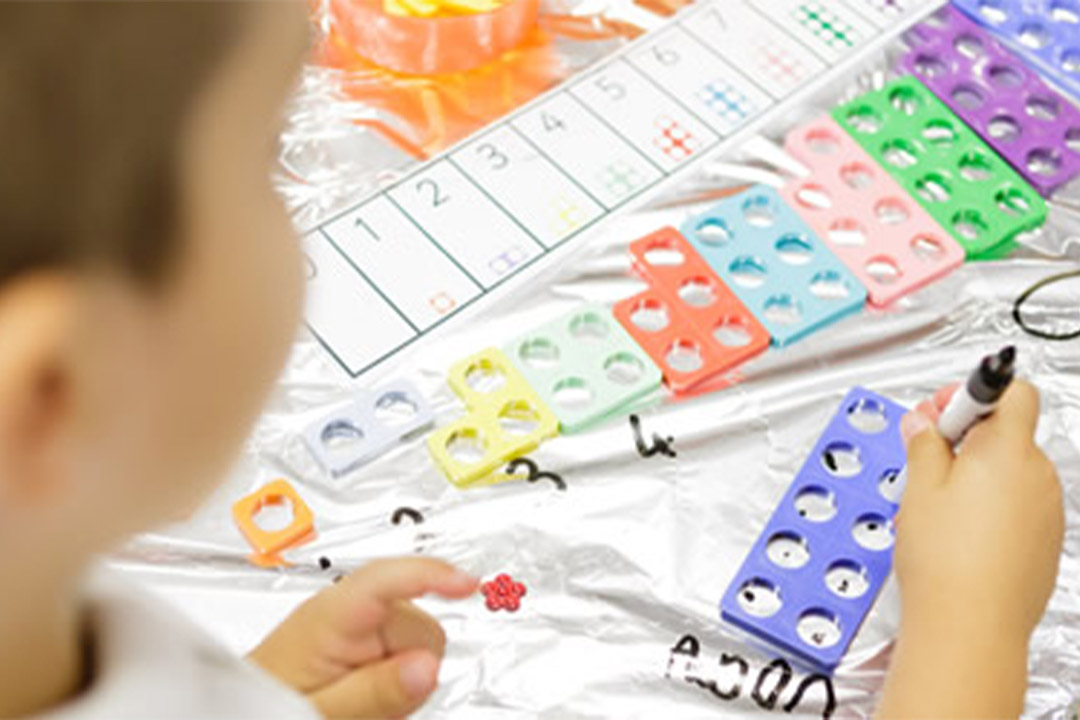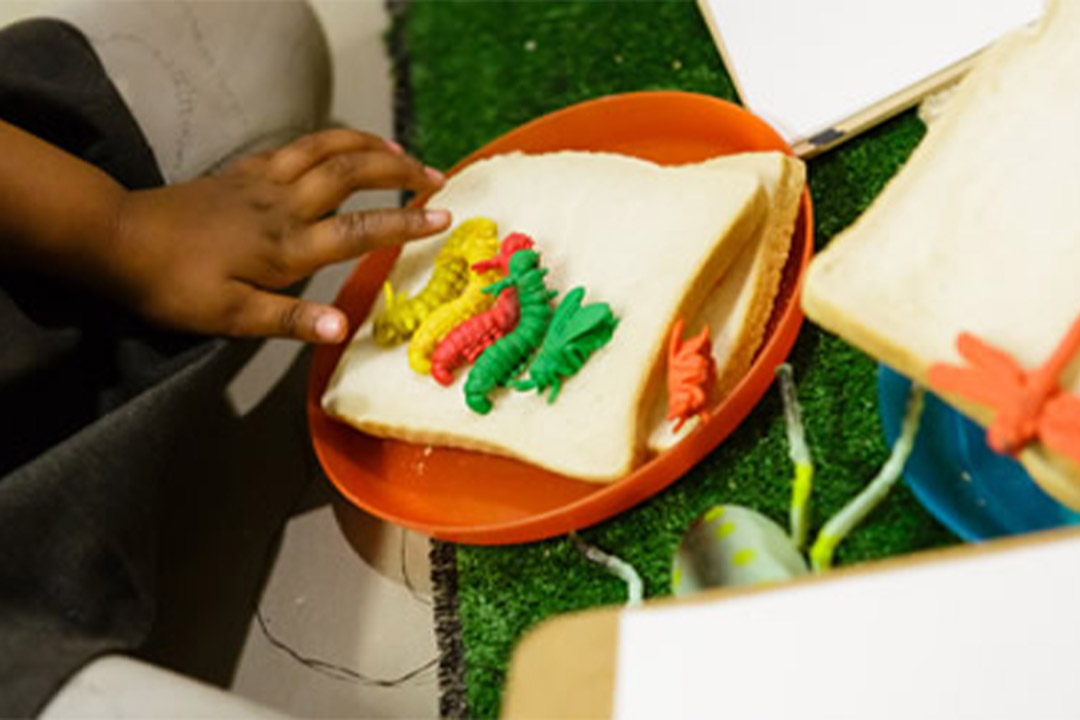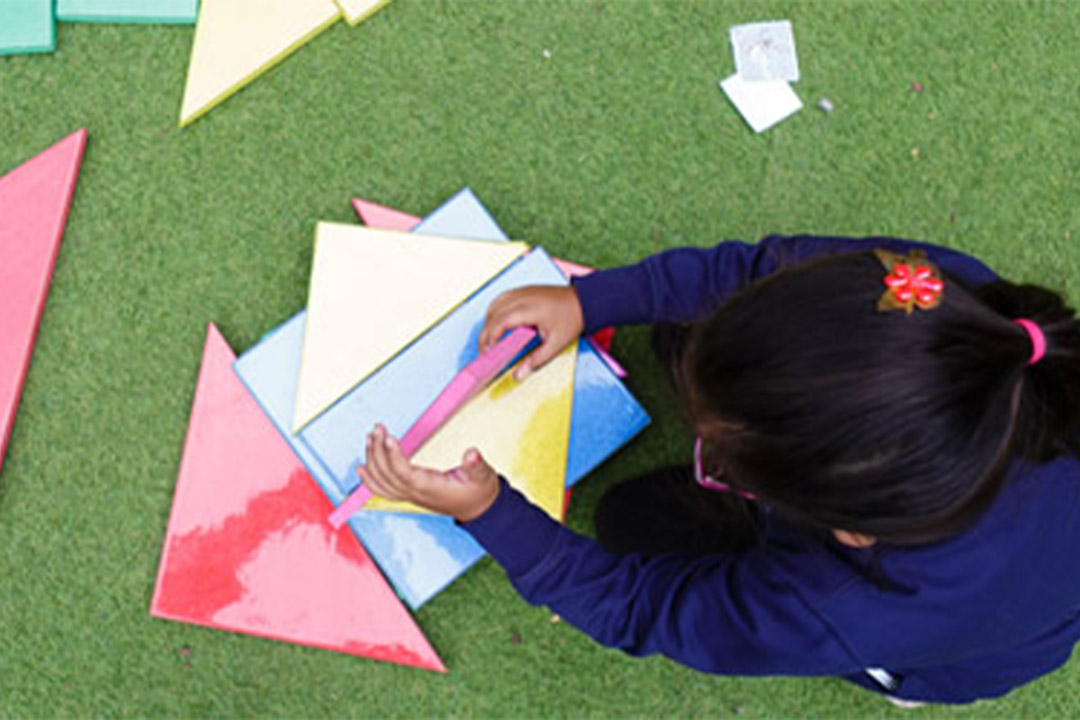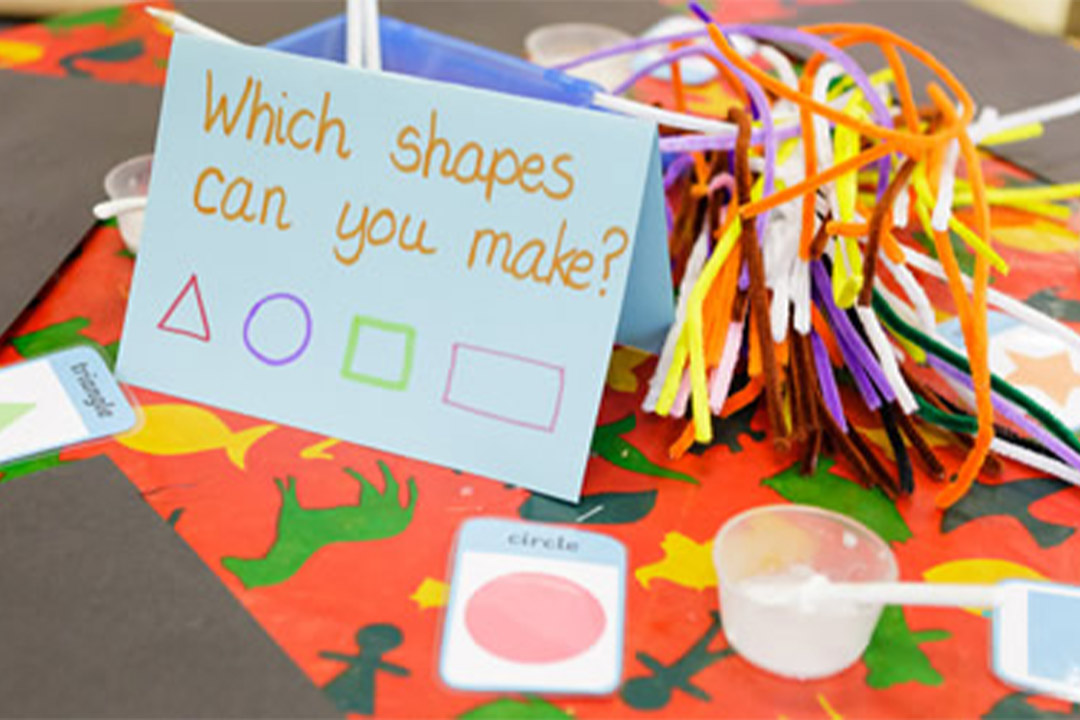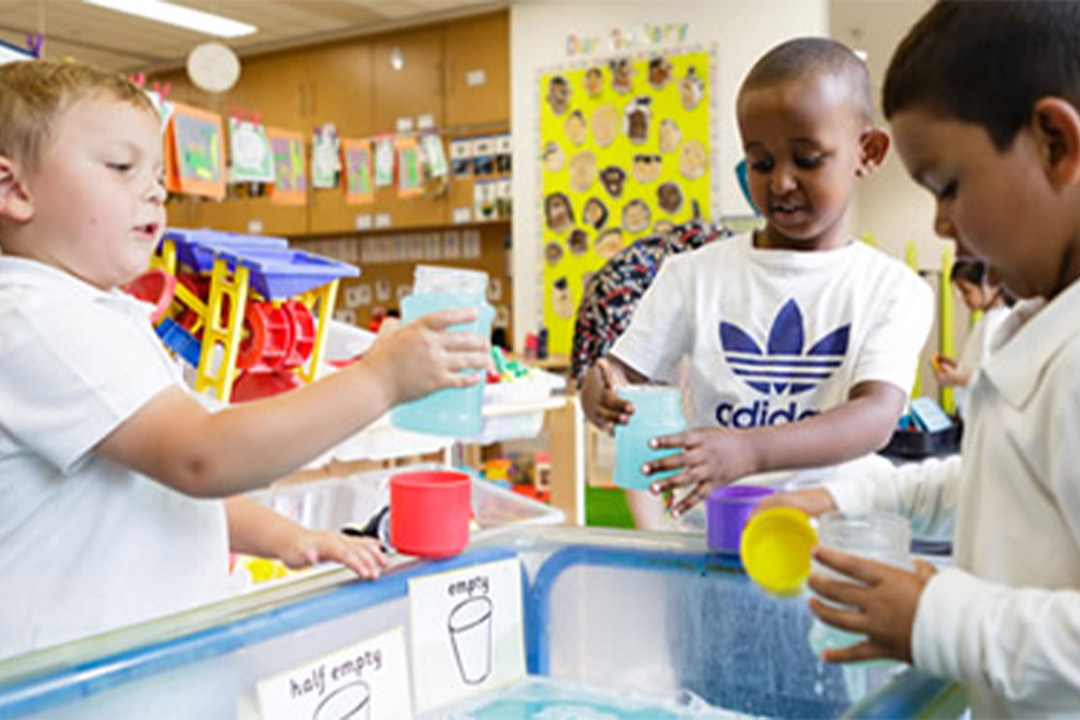Early Years Foundation Stage
Early Years Foundation Stage in East Harptree and Ubley Primary Schools
Our youngest children across both our schools, follow the Early Years Foundation Stage Curriculum (0-5 years) in our Hedgehog classrooms. This is based around the three prime areas of learning, which are as follows:
- Communication and language
- Physical development
- Personal, social and emotional development
The curriculum also includes the four specific areas of learning which include:
- Literacy
- Mathematics
- Understanding the world
- Expressive arts and design.
These areas provide an excellent foundation and smooth transition into Year One.
Our vision across both our schools for children in the Early Years Foundation Stage is to have children be independent, curious, creative and engaged learners. Our children will be allowed to explore and self-select resources at their own point of interest. This will happen in a stimulating, safe and welcoming environment that builds on the interest of the child, both indoors and outdoors. Your child will be encouraged to build working partnerships with all adults so as their needs are represented and heard.
The core of our EYFS curriculum is the Statutory Framework for the Early Years Foundation Stage, which is supported by Read, Write, Inc, Early Years Foundation Stage Profile (2022) and Development matters.
The curriculum has been coherently sequenced in a logical progression to ensure that new knowledge and skills build on what has been taught before. This enables our pupils to know more and remember more ready for future learning. End points are identified across all seven areas of learning in the EYFS progression document.
We cover the seven areas of learning to ensure that pupils experience a curriculum that is broad and ambitious that develops their vocabulary and prepares them for their next stage of learning. Our school’s approach to teaching early reading and synthetic phonics is systematic and ensures that pupils learn to read words and simple sentences accurately by the end of Reception.
The curriculum provides a play-based and experiential learning environment, combined with focussed teaching to ensure pupils make rapid progress before moving onto Year 1. The children in Reception are provided with ample opportunities accessible in our indoor and outdoor provision. They engage in planned, focussed activities as well as self-initiated and free flow activities. Pupils investigate and experience the world around them by being willing to always have a go - always using the motto 'Hedgehogs try, try and try!'. Pupils need to be active and this active approach to learning supports their ability to concentrate and to keep persevering when they encounter challenge and difficulty.
Please find a link to our Early Years Foundation Stage Progression documents here.
We work closely with the pre schools in our surrounding area, to ensure a smooth transition from pre school through to Reception. Together with East Harptree Pre School, we have created a document together that ensures progression throughout their pre school year, that feeds into our progression document in both East Harptree and Ubley school.
We try to invite and encourages local pre schools to enjoy school events throughout the year such as Nativity, the pancake race and end of year events such as the end of term play. Throughout the year, there are many opportunities for the children to get to know their teacher and to come and enjoy what will be their new school environment when they join us.
For more information around our Early years provision, please contact Mrs Haskins who is our Early years lead and Hedgehog class teacher at East Harptree Primary school. You can do this by contacting the East Harptree school office on the following email: office@eastharptreeprimary.org.uk
Mrs Haskins will aim to get back to you as soon as possible.
Progression in handwriting in the EYFS
A wide range of activities and variety of equipment is available throughout Nursery, Pre-School and Reception Classes to encourage and develop the fine co-ordination skills necessary for writing e.g. pegs and pegboards, bead threading, jigsaw puzzles, construction kits and toys, tracing pictures, scissors etc.
We do not expect children coming into Reception to be able to write their name but if they can and want to have a go, please encourage this.
- Children are first encouraged to use large-scale movements:
- Chalk or large paintbrushes with water outside on blackboard-painted walls.
- Skywriting main letter shapes (see below) using whole arm movements starting from the shoulder.
- Paints, chalks and thick felt pens on large paper.
- Letter shapes made with finger or small stick in trays of salt, sand, foam or gloop.
- Children are encouraged to develop an effective pencil grip.
A range of opportunities for writing are always available including paper and card of different shapes, types and sizes, writing implements, notebooks, diaries, labels, envelopes, blank cards etc.
Letters are taught using the basic letter shapes (printing). We do not introduce a cursive style until Year 2 (where appropriate).
Children learn about upper and lower-case letters. When writing their name they need to use a capital letter to begin, then lower-case e.g. Melanie.
In Reception, when children are confident with their hand control they are introduced to writing letters on a line. Good handwriting relies on correct letter formation and we encourage correct pencil grip at all times.
Mathematics in the EYFS
The first few years of a child’s life are especially important for mathematics development. Research shows that early mathematical knowledge predicts later reading ability, general education and social progress.
The objective in Early Years is to ensure that all children develop firm mathematical foundations in a way that is engaging, and appropriate for their age.
There are six key areas of early mathematics learning, which collectively provide a platform for everything children will encounter as they progress through their maths learning at primary school, and beyond.
They are as follows:
Understanding that the cardinal value of a number refers to the quantity, or ‘howmanyness’ of things it represents
Understanding that comparing numbers involves knowing which numbers are worth more or less than each other
Understanding that one number can be made up from (composed from) two or more smaller numbers
Looking for and finding patterns helps children notice and understand mathematical relationships
Understanding what happens when shapes move, or combine with other shapes, helps develop wider mathematical thinking
Comparing different aspects such as length, weight and volume, as a preliminary to using units to compare later
In both our schools, we follow a mastery approach to our maths and we ensure that we do this through a number of ways, including the use of the 'Number sense' programme and 'White rose Maths'.
Making learning fun at home and in everyday situations
Bath time fun
- Talk about concepts and language such as hot/cold, wet/dry, in/out, up/down, full/empty.
- Counting forwards and backwards as your splash and play
- Describing what toys you have - their sizes and how many you have?
Kitchen fun
- Sort shopping by size, shape etc. and look at prices/barcodes.
- Help with cooking, weighing, cutting.
- Look at numbers on the clock/cooker/microwave etc.
- Count out how many knives and forks there are on the table.
Outdoors fun
- Count steps, lamp-posts, bicycles, dogs etc.
- Look at door numbers, number plates, street signs etc.
- Talk about the different sizes of trees, fences etc.
- Look at 2D and 3D shapes in the environment – windows, doors, tiles etc.
